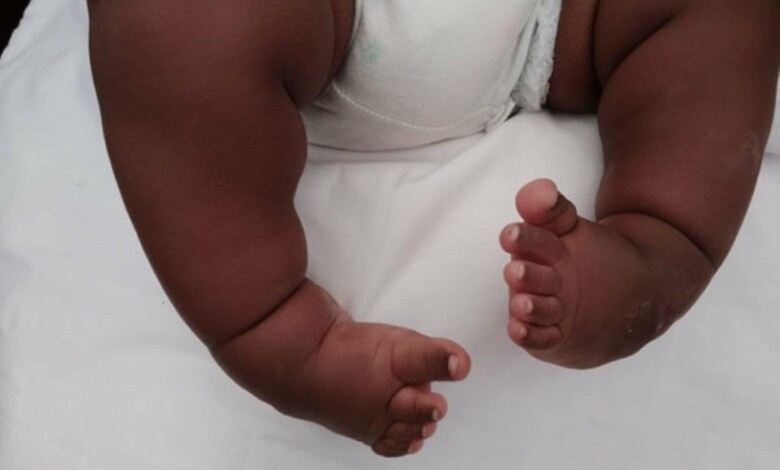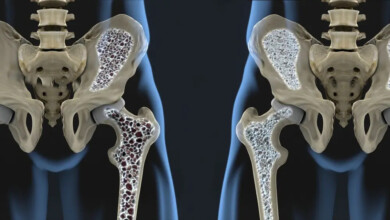
By Shahista Namale
The birth of a child is always a joyous moment for parents. However, there are others who this joy immediately after turns into a nightmare because of the condition in which their children are born.
One of such parents is 34-year-old Basilika Lydia who is originally from Budaka district in Eastern Uganda.
The Friday Call found Basilika at Mulago National Referral Hospital where she had taken her two-year-old baby Esther for medical review.
Esther was born two years ago with clubfoot; a congenital condition that affects the way a child’s feet forms.
“In 2022, I gave birth at Kawempe hospital. The midwife told me that my baby had clubfoot, she referred me to Mulago for treatment when the baby made two weeks.
It was a sad moment for me to take in but what gave me courage was that the doctors were willing to work with me for the betterment of my child. As I speak now, my girl’s feet is almost normal,” Basilika said.
She adds that although the child’s condition has greatly improved, she nonetheless still undergoes treatment.
She was given special shoes she puts on at night to help her straighten her legs.
Figures from the Ministry of Health show that annually at least 2000 children are born with the condition countrywide.
However, only 840 children are able to access treatment. The remaining 1,160 children grow up limping or depending on wheelchairs and crutches.
Diriisa Kitemagwa the principal orthopedics clinical officer at the Mulago hospital says that clubfoot is one of the many forms of feet abnormalities present at childbirth.
He urged parents to take their children for treatment because clubfoot is easily corrected if the operation is carried out shortly after birth.
Kitemagwa explained that clubfoot happens because the tendons; a band of tissues that connect muscles to the bones are shorter than they should be.
Ponsetic treatment method has over the years proven that it’s the most effective way of treating clubfoot more than surgery.
This method was developed by Dr Ponsetic an orthopedic surgeon based at the university of Iowa in the United States in 1963 following extensive anatomical study of the foot.
This technique according to Kitemagwa uses specific series of manipulations and castings to correct the foot deformity and complete tenotomy [a surgical act which involves the division of a tendon] of the Achilles’ tendon in most cases to eliminate deformity followed by a further three weeks in cast.
The patient must then wear a foot abduction orthosis, a set of boots attached to an immovable bar fulltime for three months and after every night at least until the age of four years.
If used correctly, Ponseti method can achieve full correction of the clubfoot deformity in up to 98 percent of the cases.
Dr. Irene Lubega a Consultant Pediatrician working at Mulago Hospital and a researcher at Makerere University-Johns Hopkins University Research Collaboration [MU-JHU] explains that since 2015, they have been paying keen attention to such deformities.
“We started in the four main hospitals in Kampala, but we are also planning to scaleup and see if we can go to other regional hospitals. What we do there specifically is to train midwives to examine each baby head to toe since they help in the delivering process in the hospital,’’ Lubega said.
She added that they are not only identifying clubfoot but also other abnormalities and since 2015, they have examined over 24,000 babies.
“Together with our partners such as Walimu and Miracle feet, we will be able to go to other hospitals and train midwives to be able to take on the process. Our role is to identify the birth defects but also to do research to get to know what could be causing these abnormalities and then eventually we can work towards preventing these defects that bring a lot of misery in our communities,’’ Lubega said.
Dr Charles Olaro the director for clinical services at the Ministry of Health advised mothers to always attend antenatal care and give birth in hospitals to easily be monitored.
‘’The ministry of health has embraced this consent method of management of clubfoot, which is less labour intensive. We have shifted the care from orthopedic surgeons because we have very few which we thought if trained, can be able to scaleup,’’ Olaro said.
He added that the government is planning to expand the treatment centers to 32 in different regions to bring services closer to the people.
At the moment, only 28 health facilities are able to offer treatment for the condition. These include Mulago Hospital, CoRSU Rehabilitation Hospital, Nakaseke Hospital, Luweero Hospital, Masindi General hospital and Ishaka University hospital among others.





